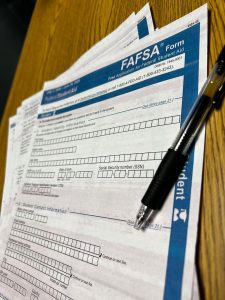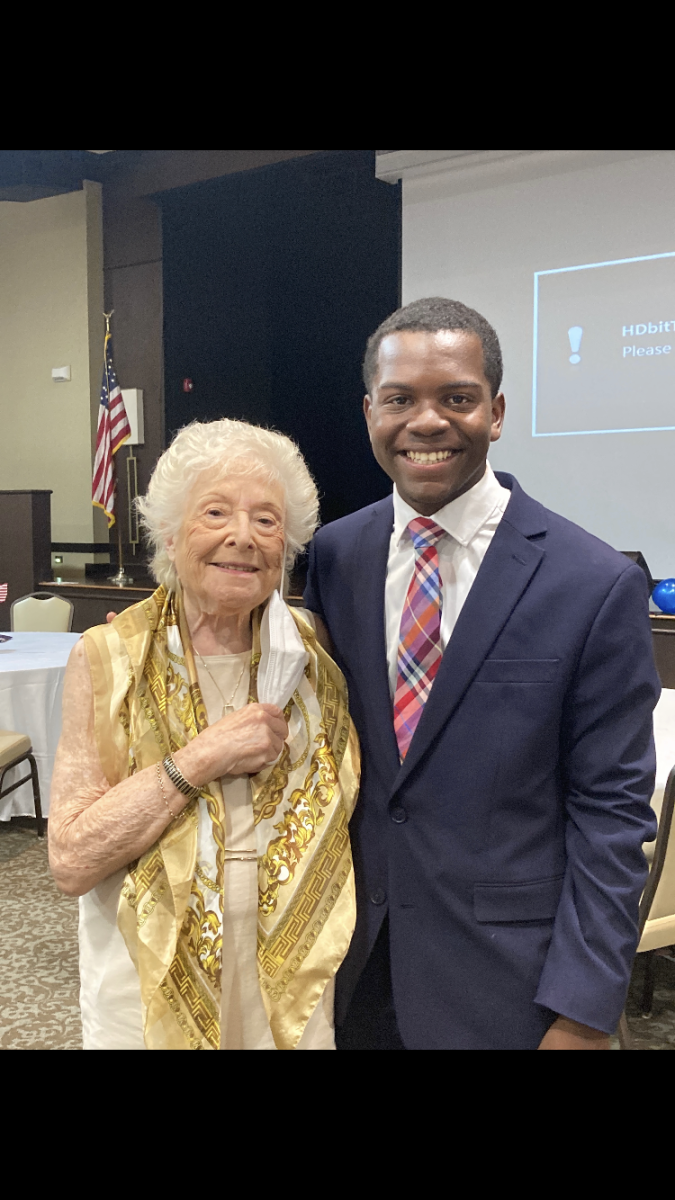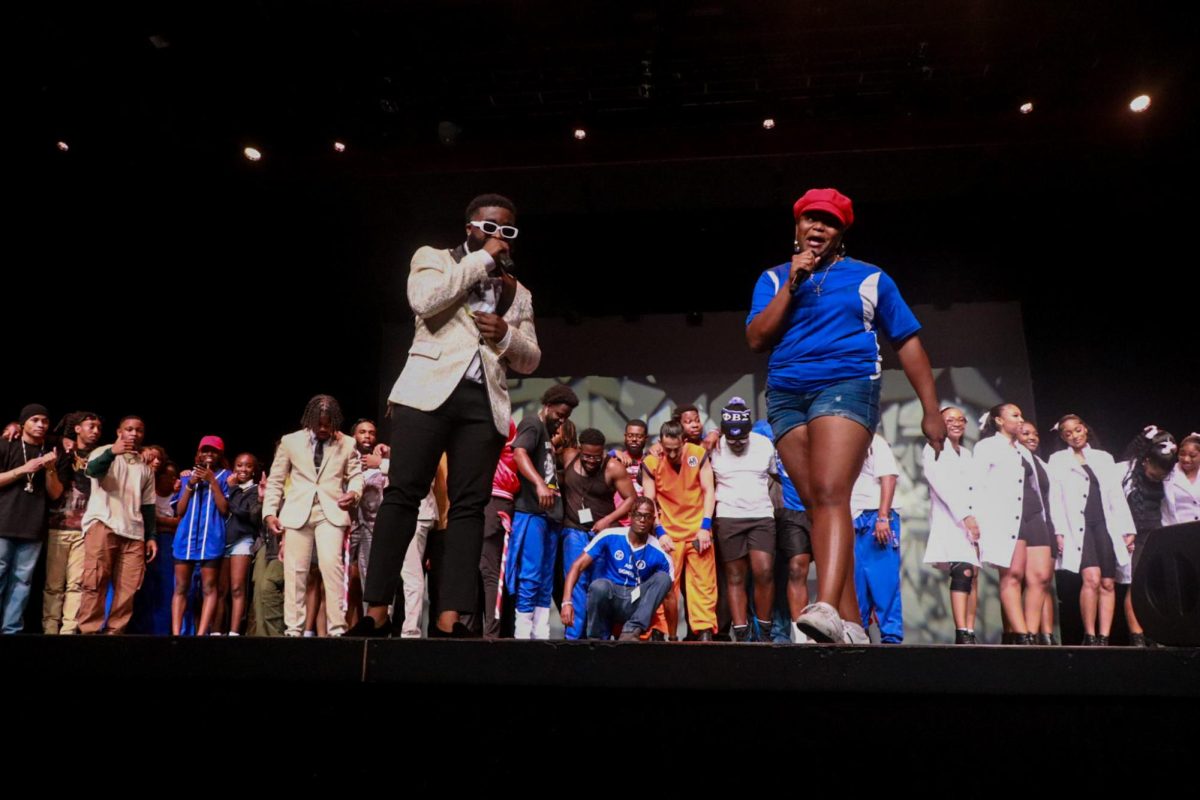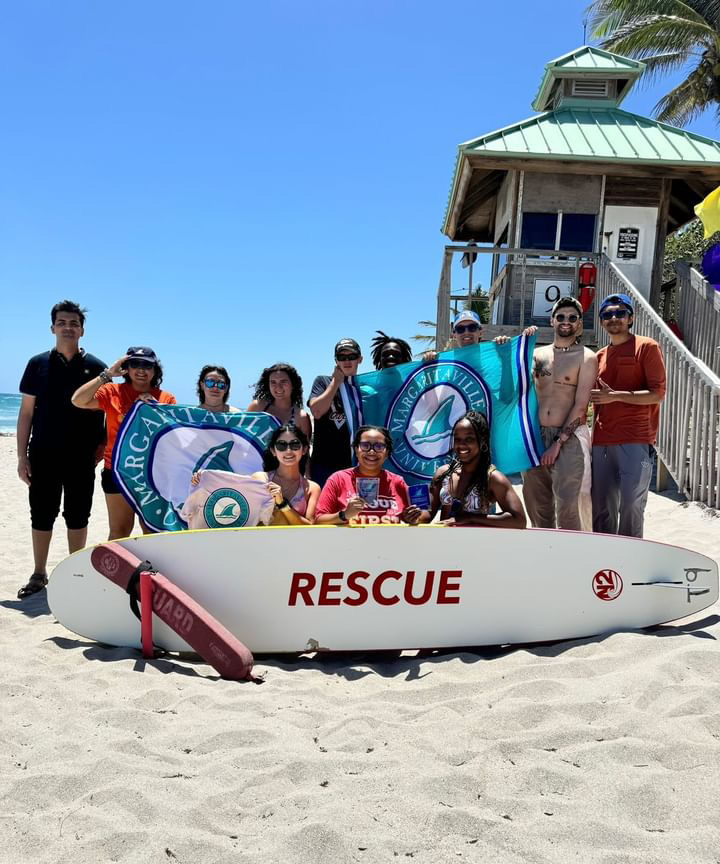Bella, Emily, and Esme were on the screen, but Twilight was the last thing on anyone’s mind.
Evana Tamayo was more interested in explaining how women are treated badly in the book. The graduate student showing a different way of teaching books to students, using Twilight as an example.
Grad student Kevin Leichtman showed how to train retail employees in a non-boring way, using internet memes like Business Cat and Success Kid.
Ashley Hartman recalled a time when she used an internet-connected whiteboard to make a math class fun.
They all came with different ideas, but they all came for the same reasons: they each had an idea on how to make help students learn better, be it with literature, memes, or technology.
Each one of them was presenting at FAU College of Education’s Changing Face of Research, where students from that college showed off their different ideas on how to teach disabled, foreign speaking, and bored students.
“I chose Twilight because there was no getting around these messages that women will face horrible violence,” Tamayo said.
For her research project, she was more concentrating on a new way to teach literature to students. For her project, she went through the Twilight saga, showing how literature can teach a concept — in this case, violence against women.
Leichtman was in retail when he noticed not only how boring the new employee training was, but also a lack of information on how to train new employees.
Leichtman decided to make a form of research that was both informative and fun, instead of just informative. “You shouldn’t need a doctorate degree or a major in secondary english,” he said. “There’s a lot of ways we can change our research,”
Hartman ran a program about the use of technology in the classroom, such as smartboards and electronic clickers. Smartboards are like whiteboards, but have internet access. It’s possible to copy and paste pictures, draw, and make graphs on them.
When she introduced smartboards and clickers to the class, they went from bored, to excited about participating in class — plus, their grades rose. “Once I started using it in class, the kids loved it,” she said.
Despite the variances in ideas, the students all had the same goal in mind: making it easier for future students to learn and understand their education. One student, Wade Berstler said,“I get to share information. I like to think that I’m sharing knowledge.”

















